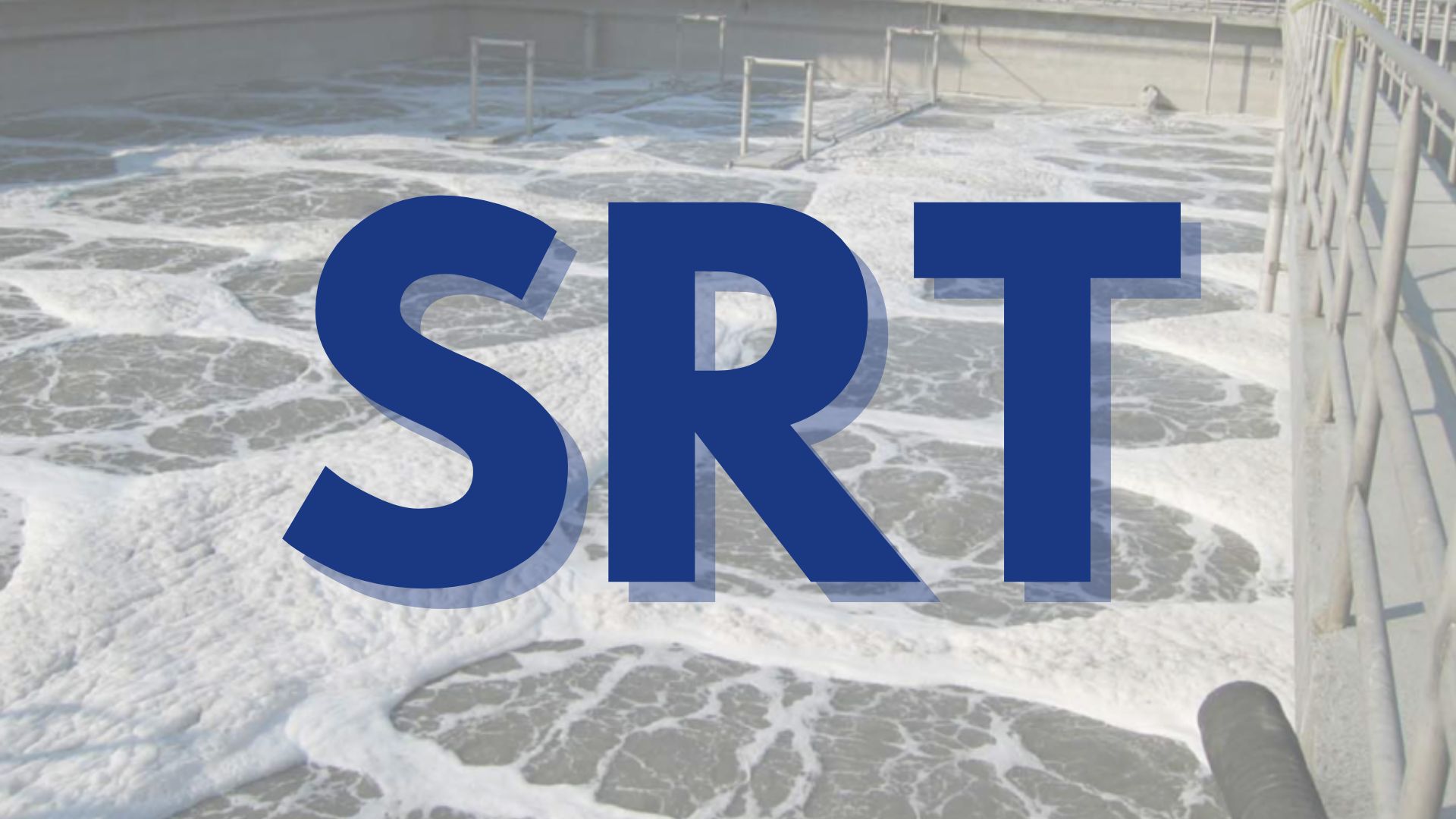Managing Cold Temperature Swings with MBR Technology

Membrane bioreactor (MBR) technology is a powerful integration into wastewater treatment systems, but it must be managed.
The performance of MBR systems is influenced by environmental factors. That includes temperature–especially extreme temperatures.
This article explores the effects of cold temperature on MBR systems, focusing on the challenges and strategies to optimize performance in climatic conditions you may encounter.
Cold Temperature Influence on MBR Performance
Temperature plays a major role in the biological processes within MBR systems, even if your team only encounters this influence at the extremes of the thermometer. Temperature can affect microbial metabolism, solubility of gasses, and the physicochemical properties of wastewater.
Understanding these impacts is important for managing and optimizing MBR operations.
Imagine a cold snap or a prolonged stretch of near-freezing temperatures in your region. This can pose a short-term problem for the efficiency of your MBR system. For instance, the rate of microbial metabolism (or the biodegradation of pollutants) decreases at lower temperatures, slowing down the treatment process.
Lower temperatures also increase water’s viscosity, which can reduce the permeability of the membrane and thus increase the energy required for pumping and mixing.
But it’s a mixed bag. Cold temperatures can spur oxygen solubility; as temperatures decrease, the solubility of oxygen in water increases. Colder water can hold more dissolved oxygen than warmer water.
For aerobic microbial processes in wastewater treatment, this increased oxygen availability can actually enhance the efficiency of biochemical reactions that depend on oxygen. Microbes in an MBR rely on oxygen to break down organic pollutants. With more available oxygen at lower temperatures, these microbes can potentially perform more effectively, although the overall microbial activity may still slow down due to reduced metabolic rates in the cold.
Thus, operators must balance oxygen levels to optimize microbial health and treatment efficacy, especially in cold temperatures.
Chemical Oxygen Demand in the Cold
As microbial activity slows, the MBR system will see further ramifications. With less degradation occurring, the concentration of organic matter in the effluent will increase.
Lower temperatures impede the breakdown of organic matter by bacteria, resulting in elevated chemical oxygen demand (COD) levels. A study in the Biochemical Engineering Journal found that temperatures below 15°C (59°F) significantly reduce COD biodegradation, leading to increased membrane resistance in membrane bioreactors (MBRs). This is particularly problematic given that 15°C is not considered unusually cold in many regions.”
That slowed biodegradation process can lead to an accumulation of undegraded solids on the surfaces of membranes, causing fouling.
This fouling increases hydraulic resistance, which can reduce the efficiency of the system by obstructing the flow through the membranes and necessitating more frequent cleaning and maintenance to restore system performance.
Reduced Nutrient Removal
In MBR systems, nutrient removal, particularly nitrification and denitrification, is highly temperature-dependent. Nitrification, the oxidation of ammonia to nitrate, is especially vulnerable to low temperatures.
As temperatures decline below that 15-degree Celsius threshold, the activity of nitrifying bacteria decreases, leading to less efficient ammonia oxidation. This reduction can cause the accumulation of ammonia in the effluent, failing to meet regulatory standards for nitrogen discharge.
To counteract the reduced nitrification rates, operators can increase the hydraulic retention time (HRT), allowing more time for the biological processes to occur. Alternatively, maintaining higher mixed liquor temperatures through external heating systems or recirculation can enhance microbial activity.
Increased Membrane Resistance
The increase in membrane resistance due to higher viscosity at lower temperatures complicates the operation of MBR systems by reducing permeate flow and increasing energy consumption.
Operators can mitigate the effects of increased viscosity by adjusting the trans-membrane pressure (TMP) to maintain adequate flow rates. Additionally, regular backwashing and chemical cleaning can help maintain membrane permeability and counteract the increased fouling tendencies.
Selecting membranes with higher pore sizes or more hydrophilic materials can reduce the impact of increased viscosity, as these features help maintain flow rates despite thicker fluid conditions.
Adapting MBR Operations to Cold Environments
To maintain efficient operation of MBR systems in colder climates, physical insulation of bioreactors and piping can help maintain a stable operational temperature.
Implementing heating systems within the bioreactor can help maintain optimal microbial activity and prevent the viscosity-related slowdown of permeate flow through the membrane.
Effective management of MBR systems in varying temperatures requires strategic operational adjustments. Modifying the solids retention time (SRT) can compensate for the slower microbial growth rates at lower temperatures, ensuring adequate biodegradation of pollutants.
Advanced control systems can adjust aeration rates and mixing intensities in response to real-time temperature data, optimizing oxygen transfer and mixing to match the metabolic needs of the microbial community.
Operational Flexibility with Seasonal Adjustments
Seasonal temperature variations demand a flexible approach to MBR management to ensure consistent treatment quality throughout the year. (That 15-degree Celsius threshold can be easily reached throughout the year in different regions, from one week to the next.)
In warmer months, the increased microbial activity might require reductions in SRT to avoid excessive biomass growth and fouling. In contrast, during colder months, extending SRT can compensate for slower microbial rates, ensuring complete biodegradation of organics.
Implementing advanced control systems that can dynamically adjust operational parameters based on real-time temperature and effluent quality data ensures that the MBR system responds effectively to seasonal changes. These systems can optimize aeration rates, recirculation flows, and waste sludge removal, adapting to the thermal dynamics of the process.
This resilience may begin even earlier–during the design phase.
Installing thermal insulation around bioreactors and pipelines can minimize the influence of ambient temperature changes. For extreme climates, integrating active heating systems or utilizing waste heat from adjacent processes can help stabilize temperatures within optimal ranges for microbial activity.
Designing MBR systems with redundancy in critical components such as heaters and pumps ensures that the system can maintain operation even if one part fails. Backup power supplies can keep heating systems operational during outages.
Conclusion
Temperature management in MBR systems is a complex but critical aspect of ensuring efficient wastewater treatment.
By understanding the thermal sensitivities of microbial processes and integrating adaptive technologies and strategies, operators can enhance the resilience and performance of their systems. This proactive approach maintains compliance with effluent standards and optimizes operational costs–while extending the lifespan of the system components.
Want to learn more? Read some of our recent articles:
Sign up for the Integrated Water Services newsletter below. We share important perspectives and news on MBR wastewater treatment every two weeks.
Want to learn more? Read some of our similar articles:
Sign up for the
Integrated Water Services newsletter.
We share important perspectives and news on MBR wastewater treatment every two weeks.


